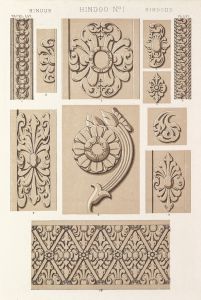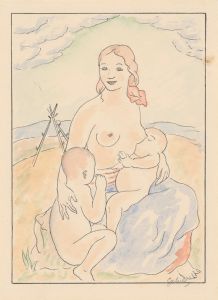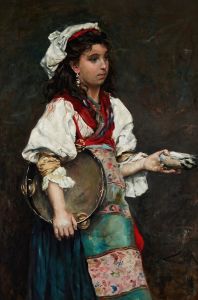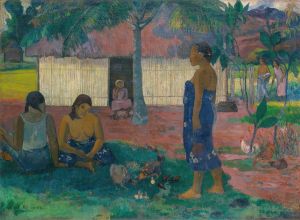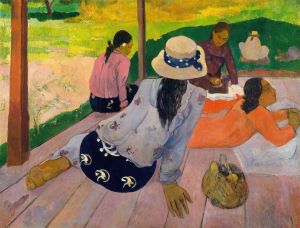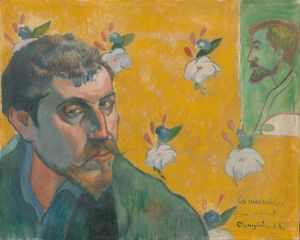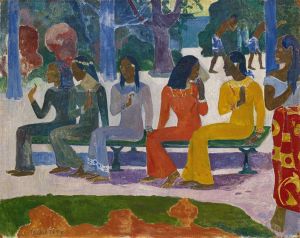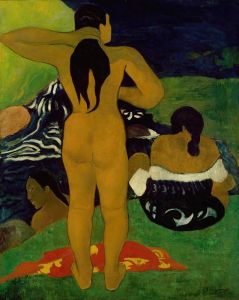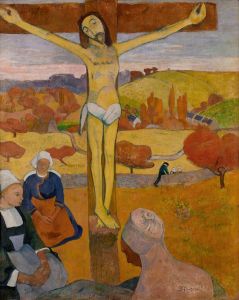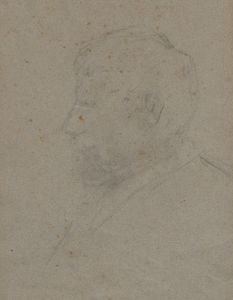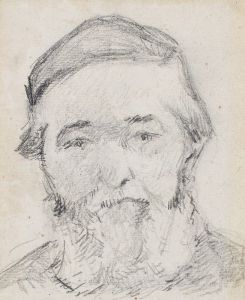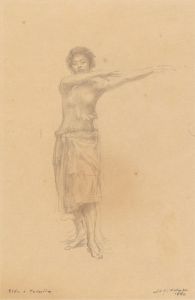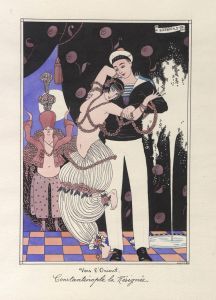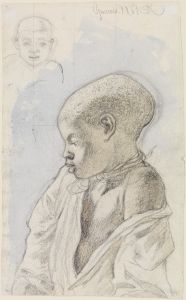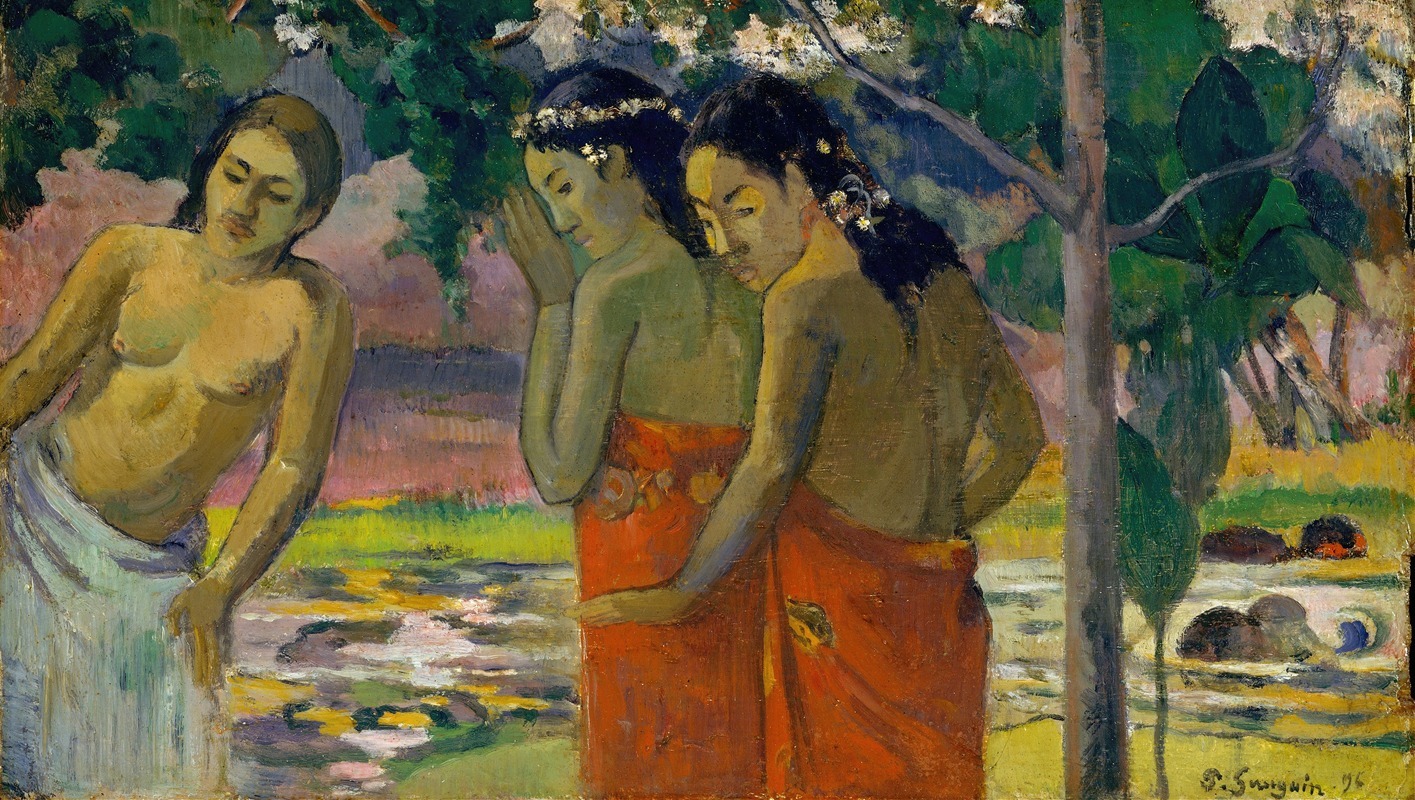
Three Tahitian Women
A hand-painted replica of Paul Gauguin’s masterpiece Three Tahitian Women, meticulously crafted by professional artists to capture the true essence of the original. Each piece is created with museum-quality canvas and rare mineral pigments, carefully painted by experienced artists with delicate brushstrokes and rich, layered colors to perfectly recreate the texture of the original artwork. Unlike machine-printed reproductions, this hand-painted version brings the painting to life, infused with the artist’s emotions and skill in every stroke. Whether for personal collection or home decoration, it instantly elevates the artistic atmosphere of any space.
Three Tahitian Women is an oil painting created by the French Post-Impressionist artist Paul Gauguin in 1899. The artwork is part of Gauguin's Tahitian period, during which he sought to capture the essence of Polynesian culture and its people. This painting is currently housed in the Metropolitan Museum of Art in New York City.
The composition depicts three Tahitian women, each engaged in a different activity. The central figure holds a tray of fruit, symbolizing abundance and connection to nature, a recurring theme in Gauguin's work. The other two women are positioned on either side, with one gazing directly at the viewer and the other looking away. Gauguin's use of vibrant colors and simplified forms reflects his departure from European artistic conventions and his embrace of the perceived purity and spirituality of Tahitian life.
Gauguin moved to Tahiti in 1891, seeking an escape from European industrialization and a return to what he considered a more "primitive" and authentic way of life. His works from this period often idealized Tahitian culture, though they were also shaped by his own interpretations and biases. Three Tahitian Women exemplifies his fascination with the people and environment of the islands, as well as his interest in exploring themes of femininity, nature, and cultural identity.
The painting is notable for its flat planes of color and bold outlines, which were influenced by Gauguin's interest in Japanese prints and his desire to move away from the naturalistic techniques of traditional Western art. The figures are rendered with a sense of timelessness, emphasizing their connection to the land and their cultural heritage. However, Gauguin's portrayal of Tahitian life has been critiqued for its romanticized and often stereotypical depictions, which reflect his own subjective vision rather than an accurate representation of the culture.
Three Tahitian Women is an important example of Gauguin's contribution to the Post-Impressionist movement and his role in shaping modern art. The painting continues to be studied and exhibited as a significant work from his Tahitian period, offering insight into his artistic techniques and the cultural influences that shaped his oeuvre.





